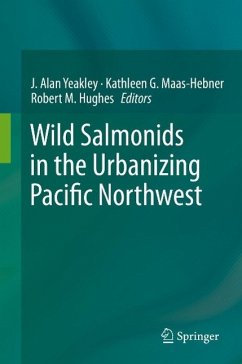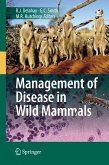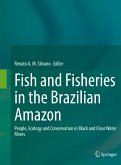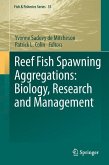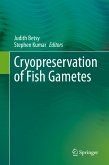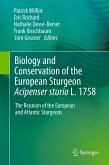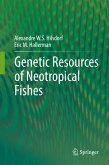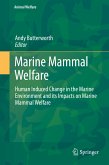This book integrates science with policy and social aspects of urbanization to provide a comprehensive review of how human activities in urban and rural residential areas alter aquatic ecosystems and affect wild salmonid populations and their habitats in North America's Pacific Northwest. This book also outlines many successes and challenges of approaches to salmonid rehabilitation in Oregon and suggests how those lessons learned may be relevant elsewhere globally for both salmonid and non-salmonid waters. The book additionally discusses potential strategies for minimizing future urban impacts and rehabilitating aquatic ecosystems and habitats to support healthy salmonid populations in urban areas. This book also draws from global findings and provides information relevant to maintaining and rehabilitating aquatic ecosystems in temperate areas worldwide.
Dieser Download kann aus rechtlichen Gründen nur mit Rechnungsadresse in A, B, BG, CY, CZ, D, DK, EW, E, FIN, F, GR, HR, H, IRL, I, LT, L, LR, M, NL, PL, P, R, S, SLO, SK ausgeliefert werden.

